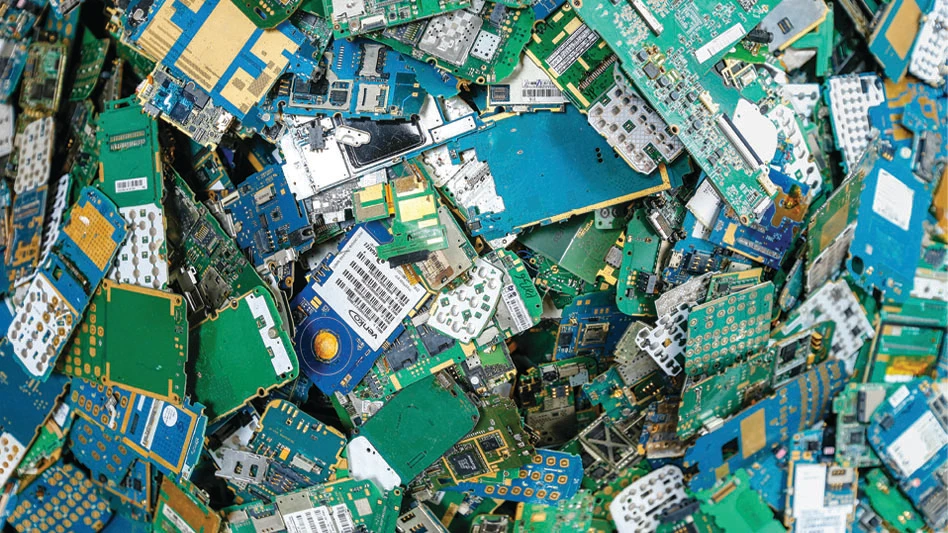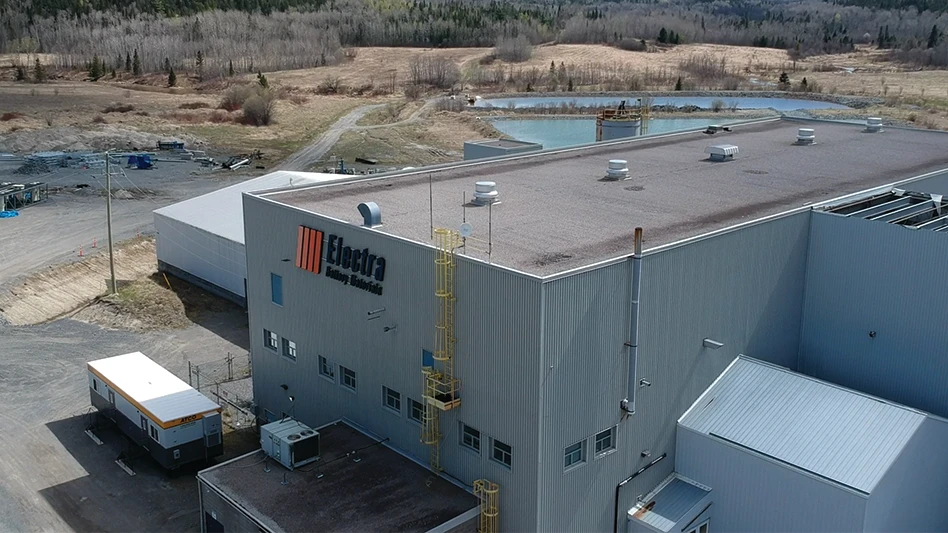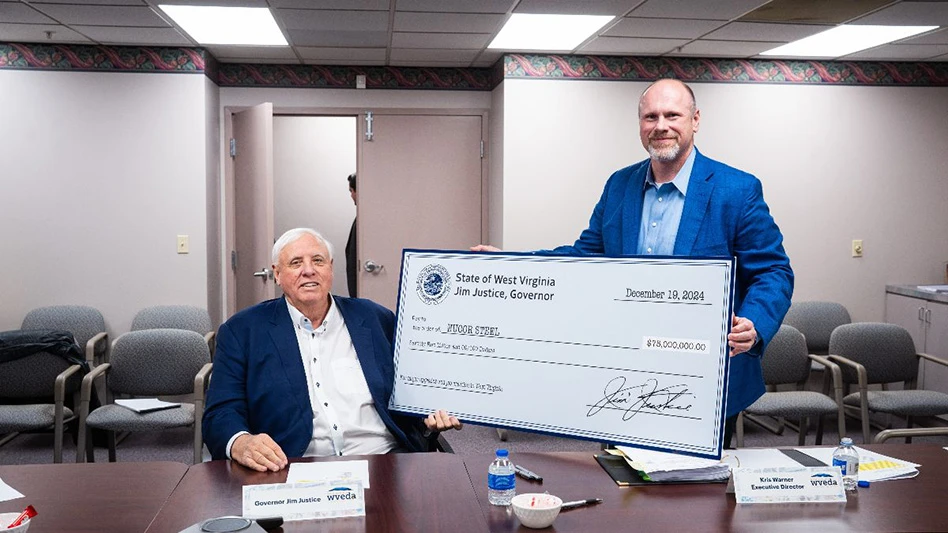Typically, 10 percent of a corporation’s assets are idle and/or surplus. Across industry, this can mean that from thousands to millions of dollars worth of major capital investments in facilities, equipment and technology of all kinds are at the end of their primary useful lives.
Changing market conditions, new manufacturing processes, corporate restructuring and new technology create idle assets that, without astute management, become financial liabilities and put pressure on the bottom line. The pace of advancements in technology continues to accelerate this process. The more company profits are squeezed, the more successful corporations focus on recouping asset investments.
The decision options that companies face in managing these assets fall, in general, into three broad categories: re-deployment/re-use; selling; or disposal/discarding. Each one of these has its own set of critical issues that must be considered and planned for and managed carefully. In some cases, these decisions can involve the work performed by demolition contractors and recyclers.
THE DEMO CONNECTION. Investment recovery (IR) professionals are charged with the challenging responsibility of managing the rocky landscape of surplus assets to maximize value and reduce risk and liability for the company disposing of these assets.
In addition to an incredibly diverse range of knowledge, to be successful IR professionals need a variety of qualified service providers and resources in a variety of business channels to assist them in their efforts. IR professionals know it is a fact of life that for most companies, from service industries to manufacturing to retail, etc., the need for construction and demolition specialists will be important to their surplus asset management and disposition efforts at some time, in some way. As important as it is for IR managers to know and have resources, it is equally important that service providers and other resources have insight into how and why corporate surplus asset disposition decisions are made.
Twenty-five years ago, companies were addressing investment recovery as a very ad hoc, informal discipline. A few enlightened professionals recognized the need for a formal approach to investment recovery as a contributor to company bottom lines and formed an organization to foster knowledge and to identify and promote best practices in the field. In most cases these were people who were in the corporate management ranks of areas like engineering, plant operations, procurement, purchasing, distribution and transportation, given the task of handling investment recovery as a part of their other job responsibilities.
| Investing in Knowledge |
|
The Investment Recovery Association will hold its fall seminar and trade show Oct. 30-Nov. 1, 2006. The event, which celebrates the organization’s 25th anniversary, will take place at the Sheraton Myrtle Beach Convention Center Hotel in Myrtle Beach, S.C. According to the Investment Recovery Association, its conferences "are strategically planned to include education skills training for investment recovery professionals at every stage of their careers." Seminar topics include disaster planning, emergency response to catastrophic events, Internet marketing and international marketing. The event will also include an exhibit hall with vendors who supply services to the investment recovery industry. Pre-registration is required to attend the event. More information is available at www.invrecovery.org/conftrade.html. |
One of the first priorities this group recognized was the need to define and codify the decision considerations and processes essential to being effective in this area. Today these principles have matured within the association into the concepts Decision Sequence to Maximize Recovery Potential and The Value Chain (an five-part value chain white paper is available at www.invrecovery.org/news-archive.html).
In addition, recognizing that the corporate managers needed a range of external resources, services and options to facilitate and actualize their disposition decisions, after a few years of operation the association opened up its membership to representatives from the services and specialty business areas that typically would be involved in surplus asset disposition. Surplus equipment and material dealers and brokers, auctioneers, demolition and dismantling project contractors, appraisers, recycling and environmental specialists, technology surplus specialists, surplus marketing consultants and project contractors, hazardous material handling specialists, retail inventory brokers and more are now counted among the Investment Recovery Association membership.
Each of the elements in the illustrated process progressions has its own set of detailed considerations, or best practices, for success. In developing professional standards in any field, benchmarks, measurement and best practices are the cornerstones of how the profession affects, contributes to and is perceived by the business community. If results are not measured, performance cannot be calibrated or improved and the foundation for learning, development and business impact improvement is tenuous. In investment recovery, benefit-to-cost ratio compared to horizontal peers is key to performance evaluation.
LEARNING CURVE. The Investment Recovery Association just released to its membership the profession’s best practices. These best practices have been developed by aggregating benchmark data that’s accumulated every three years and interviewing the companies with the most successful programs. The Investment Recovery Association will be collecting 2006 benchmark data in the spring of 2007. The benchmark study and best practices are among the resources the association has for its members on both sides of the business table: corporate managers and service providers.
The association also offers training for its members. The IR Association Certified Manager of Investment Recovery (CMIR) Training and Certification Program is a comprehensive training and certification program for investment recovery professionals.
The required combination of operational and financial evaluation knowledge of industrial equipment and facilities for asset re-deployment is an unusual, complex, professional skill set. The full range of the effective skill set rarely exists or develops together in a manager or technical professional in a specific industry. It rises to the level of and could be characterized as an asset "re-deployment IQ" comprised of a combination of wide ranging factors: multi-industry business knowledge, equipment engineering, operating and maintenance knowledge, product knowledge, process knowledge, facilities knowledge, financial knowledge, marketplace knowledge, negotiating skill, legal and environmental safety knowledge—just to name a few.
The course curriculum is designed and focused to bring the full range of disparate skills together that are necessary to achieve effective re-deployment of industrial assets. This skills combination is a distinct and measurable knowledge/competency set (a "surplus asset IQ") required for effective management and conducting good business in this arena.
The curriculum is a yearly eight-module course in a (a spring and a fall) seminar and trade show venue. Information is at www.invrecovery.org.
GOING FORWARD. The Investment Recovery Association is currently engaged in a strategic planning process that will allow identification and planning to take advantage of improvement opportunities and set solid, well thought out direction for the association and the profession, for near and long term operation, including international participation. Overall, the goal is to create a professional business community that can have more positive bottom-line impact for all members involved in surplus management and disposition.
To this end, the association is refining its strategic platform to include these Vision/Mission perspectives:
• Vision: The Investment Recovery Association will be the premier resource for quality education and training, internationally recognized certification, research and an international network of accomplished industry professionals managing surplus and idle assets.
• Mission: The Investment Recovery Association will be the premier global resource for the management of idle and surplus assets and nurturing excellence in the profession.
More and more companies are recognizing the bottom-line need to formally address the issues of retired, idle and surplus assets to reduce risk and recoup maximum value from these capital assets. As corporate recognition of the economic value of the profession rises and formal capabilities and departments come online, the opportunity for more consistent business with service providers, such as construction, demolition and recycling specialists also rises.
The Investment Recovery Association seeks to provide a central resource for operators looking for help in managing their idle assets.
The authors are all officers and board directors with the Investment Recovery Association, Kansas City, Mo. Todd Thompson, is the organization’s president and is employed by Pfizer; John Buckert is the association’s vice president and is employed by Panhandle Energy; and Ron Brooks is the association’s secretary-treasurer and is employed by Weyerhaeuser Co.

Explore the September 2006 Issue
Check out more from this issue and find your next story to read.
Latest from Recycling Today
- Reconomy brands receive platinum ratings from EcoVadis
- Sortera Technologies ‘owning and operating’ aluminum sorting solutions
- IDTechEx sees electric-powered construction equipment growth
- Global steel output recedes in November
- Fitch Ratings sees reasons for steel optimism in 2025
- P+PB adds new board members
- BlueScope, BHP & Rio Tinto select site for electric smelting furnace pilot plant
- Magnomer joins Canada Plastics Pact





